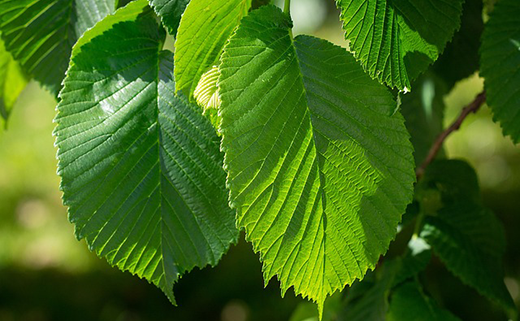
K-State horticulture expert Cynthia Domenghini says using preventive methods in the fall is important for protection against elm leaf beetles.
How to protect trees from Elm Leaf Beetles
Prevent damage now by using insecticides, says K-State horticulture expert
Sept. 7, 2023
By Maddy Rohr, K-State Research and Extension news service
MANHATTAN, Kan. — Managing plant pests is a common garden task, but Kansas State University horticulture expert Cynthia Domenghini says using preventive methods in the fall also is important.
“There are typically two generations of elm leaf beetles each year,” Domenghini said. “They overwinter as adults and emerge from their protective shelters in early spring. As elm trees develop leaves, the beetles move in and females begin laying eggs.”
Young Elm Leaf Beetle larvae are dark-colored, hairy grubs. Older larvae are yellow with two long, dark stripes. Adult beetles have green and yellow stripes.
“Larvae hatch and spread throughout the tree to feed. Larvae reach maturity within four weeks and seek shelter to pupate,” Domenghini said. Larvae may travel to the bottom of the tree or in cracks of bark.
Domenghini said larvae cause most of the damage by skeletonizing leaves of elm trees. Adult beetles chew holes through the leaves resulting in a change of color to brown and dropping.
Preventive methods include several insecticides. Healthy trees that have not been greatly affected should not be sprayed in the fall.
Larvae and adult sprays include acephate (Acephate, Orthene), spinosad (Natural Guard Spinosad, Conserve, Captain Jack’s Dead Bug Brew, Monterey Garden Insect Spray), lambda cyhalothrin (Scimitar, Spectracide Triazicide).
Domenghini and her colleagues in K-State's Department of Horticulture and Natural Resources produce a weekly Horticulture Newsletter with tips for maintaining home landscapes and gardens. The newsletter is available to view online or can be delivered by email each week.
Interested persons can also send their garden and yard-related questions to Domenghini at cdom@ksu.edu, or contact your local K-State Research and Extension office.

